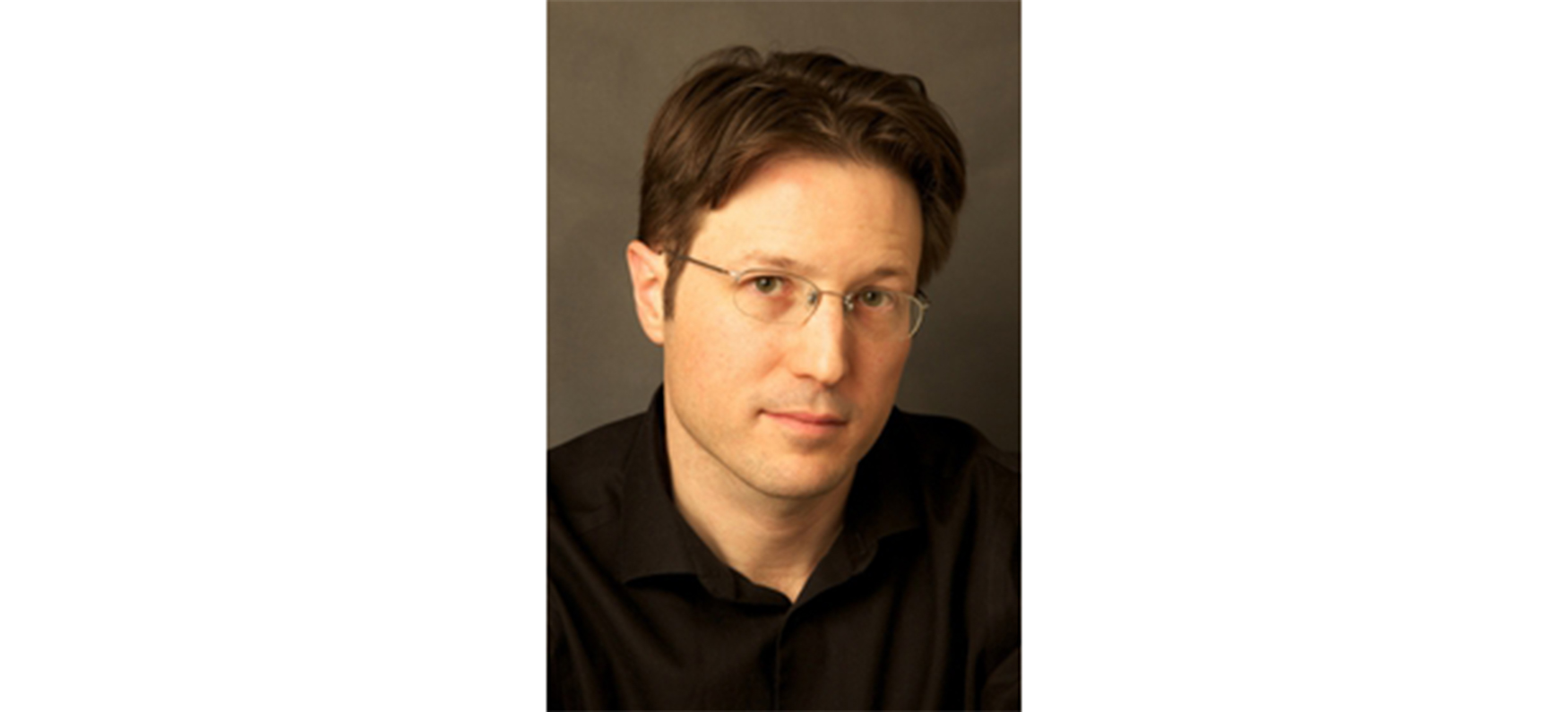
Courtesy of the MacMillan Center
Yesterday, Brian Seibert ’97, a dance critic for The New York Times and lecturer at Yale College, gave a reading of his new nonfiction book “What The Eye Hears: A History of Tap Dancing.” On the surface, the book is a popular history of tap dancing, but as I understood from the reading, it is about much more. As Seibert likes to say, “I am convinced that the history of tap is the history of the United States.” Seibert was inspired to write this book when he was doing research on tap dancing and realized that there wasn’t a comprehensive account of its history. His passion for the subject evidently motivated his extensive investigation in the field, and he ended up with a book over 500 pages long.
Entering the room next to the English Department, I had no idea what to expect and was even slightly worried that my lack of knowledge in the field of dance would limit my understanding. It was the complete opposite. The event was meant to be a reading of parts of this book; however, it quickly turned into a rather informative and engaging talk. We spent more time watching black-and-white Youtube videos of famous tap dancers than we did listening to Seibert read from his book. At the end, I felt that this format of the “reading” was much more suitable to the subject matter than a plain reading of the prose.
I feel that it is rather hard to convey the emotion of dance to readers who might not know how to piece together the details written by the author. This is not to say that it is impossible to write about dance, but rather that it is less likely to impress the readers if they aren’t sure what to imagine as they turn the pages. This is why it was really helpful for those who might not have had enough exposure to tap dancing to watch the videos of the dancers Seibert had written about. It also made it easier for me to appreciate Seibert’s craft because I could tell how carefully his words were chosen when I knew what they were describing.
Seibert talked extensively about the place of tap within society at large throughout its history, which gave the reading a political edge not regularly sensed at such literary events. His presentation was largely about how the roots of tap dancing lie in the so-called slave dances in antebellum America. He also read directly from different sources which he used in his own research, including an account from a slave on the slave dancing competitions as well as Charles Dickens’ account of an underground tap dancing show in New York. His lively readings of the personal accounts gave his presentation a distinct sense of immediate human history.
An essential element he noted over and over again, which I found important to recognize, was the fact the the history of tap dancing cannot be divorced from the history of slavery and subsequently segregation and racism in America. Even at the start of his talk he mentioned that the first person to use the term “tap dancing” did so in the context of a minstrel show. Another illuminating point was when he pulled up imagined illustrations of slaves dancing, and pointed out how many of the tropes associated with this event are now associated with the stereotype of a white redneck. Seibert expanded on this connection by referencing the repeated instances of white people performing black culture.
Tap dancing reached its final form through the mixing of Irish-American and black culture in cities, yet it was a significant act in many minstrel shows. In addition to this racial history of tap dancing, Seibert focused on the difficulty of gathering materials on dance. It was clear he felt the pain of not being able to access a true representation of dancing before the invention of film. As Seibert puts it, we can never really know how people danced in the past because we rely on written sources and stills. And it is apparently especially hard with genres like tap where the written sources are scarce because the dance is not practiced by a privileged portion of the population. He marked that the highest recordings of tap happened when the genre was adopted by Hollywood and widely used in movie-musicals.
At the end of his reading, it was clear that Seibert was very enthusiastic about tap and wanted to pass on the complex narratives that surround the subject. I, myself, exited that room with much more perspective on how the progression of arts can inform our understanding of change in society. I also got to see a few of his own tapping tricks. Seibert’s reading gave life to these long overlooked narratives and fostered an appreciation for the roots of tap dance.







